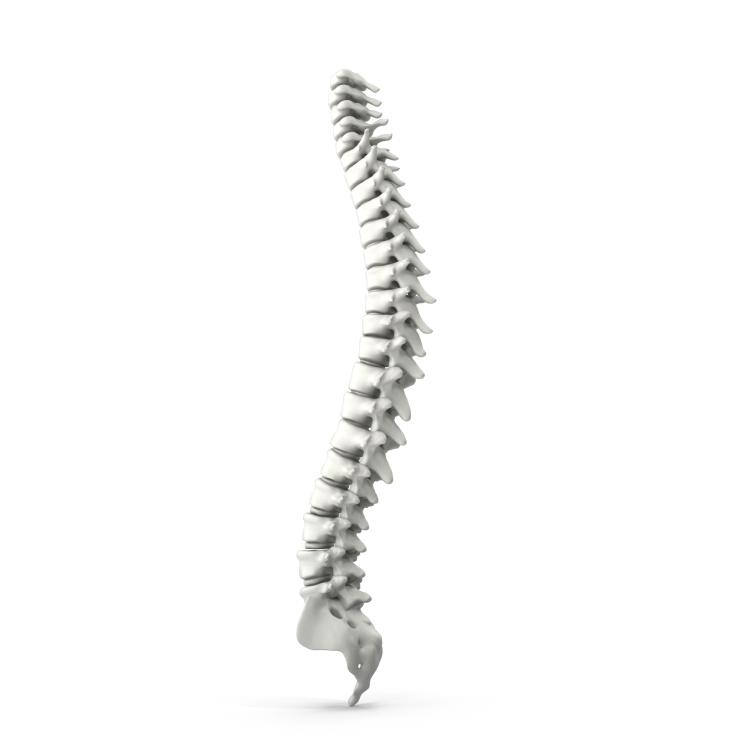- Home
- New Patients
- Treatments
- All Treatments
- Physiotherapy Evaluation
- Vestibular rehabilitation
- Cervicocranial treatment
- LVLA – Low Velocity Low Amplitude
- HVLA – High Velocity Low Amplitude
- Modern Cupping Treatment
- Kinesio Taping
- Kinetic Flossing
- IASTM – Instrument Assisted Soft Tissue Mobilization
- Dry Needling
- Electro Dry Needling
- Manual Therapy
- Therapeutic Exercises
- Low Level Laser Treatment
- About Aleks
- Blog
- F&Q
- Contact
- Home
- New Patients
- Treatments
- All Treatments
- Physiotherapy Evaluation
- Vestibular rehabilitation
- Cervicocranial treatment
- LVLA – Low Velocity Low Amplitude
- HVLA – High Velocity Low Amplitude
- Modern Cupping Treatment
- Kinesio Taping
- Kinetic Flossing
- IASTM – Instrument Assisted Soft Tissue Mobilization
- Dry Needling
- Electro Dry Needling
- Manual Therapy
- Therapeutic Exercises
- Low Level Laser Treatment
- About Aleks
- Blog
- F&Q
- Contact
Dry Needling

Dry needling is a therapeutic technique used by Physiotherapist, to treat musculoskeletal pain and dysfunction. It involves the insertion of thin, solid needles into specific trigger points, tight muscles, or areas of soft tissue dysfunction to relieve pain and improve muscle function.
Unlike traditional acupuncture, which is rooted in traditional Chinese medicine and follows the principles of meridians and energy flow, dry needling is based on modern Western medical concepts of neuroanatomy and musculoskeletal physiology. The primary focus of dry needling is on targeting myofascial trigger points, which are hyperirritable spots in muscles that can cause local pain and referred pain patterns.
During a dry needling session:
1. A Physiotherapist will identify the trigger points or areas of muscular tightness and dysfunction that contribute to the patient’s pain or limitations.
2. Sterile, single-use, thin needles are inserted into the identified trigger points or tight muscles.
3. The insertion of the needle may cause a twitch response or local muscle contraction, which can help release the tension in the muscle.
4. The needle may be manipulated or left in place for a short period to achieve the desired therapeutic effect.
The benefits of dry needling may include:
• Relief of muscle pain and tension.
• Improved range of motion and flexibility.
• Reduction of trigger point activity and referred pain.
• Enhanced blood flow and tissue healing in the treated areas.
It’s essential to note that dry needling is not the same as acupuncture, even though both therapies involve the use of needles. Acupuncture is a holistic approach based on traditional Chinese medicine concepts, whereas dry needling is a more localized treatment focused on addressing muscular dysfunction and pain.
As with any medical treatment, there are certain contraindications and precautions to consider, so professional evaluation is essential before undergoing dry needling.
Having a spine Problem? Try Our Therapy Today
“Empower your body’s journey to wellness. Book your physiotherapy session today and embrace a pain-free, active life.”
Spinal stenosis
Herniated disc
Disc Bulge


